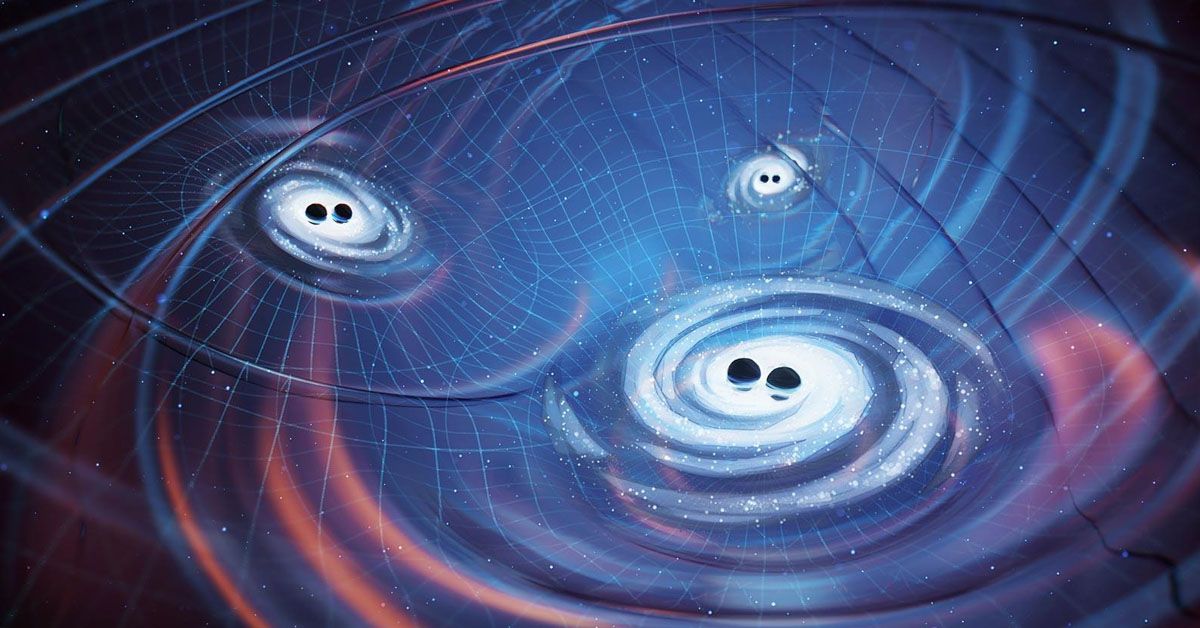Have you ever gazed at the night sky and been curious about its enigmatic secrets? One of these enigmas that never fails to captivate our imagination is black holes, especially the supermassive ones.
These cosmic behemoths possess immense dimensions and possess an incredibly strong gravitational pull. But have you ever contemplated how scientists determine the mass of these colossal entities?
Joseph Simon, a dedicated researcher from the University of Colorado Boulder, recently embarked on an illuminating quest to address precisely this question.
Sagittarius A* and Other Supermassive Black Holes
Numerous supermassive black holes exist within our universe, each significantly larger than our sun. One such colossal entity resides in our Milky Way Galaxy, referred to as Sagittarius A*.
This remarkable black hole boasts an extraordinary mass millions of times greater than our sun.
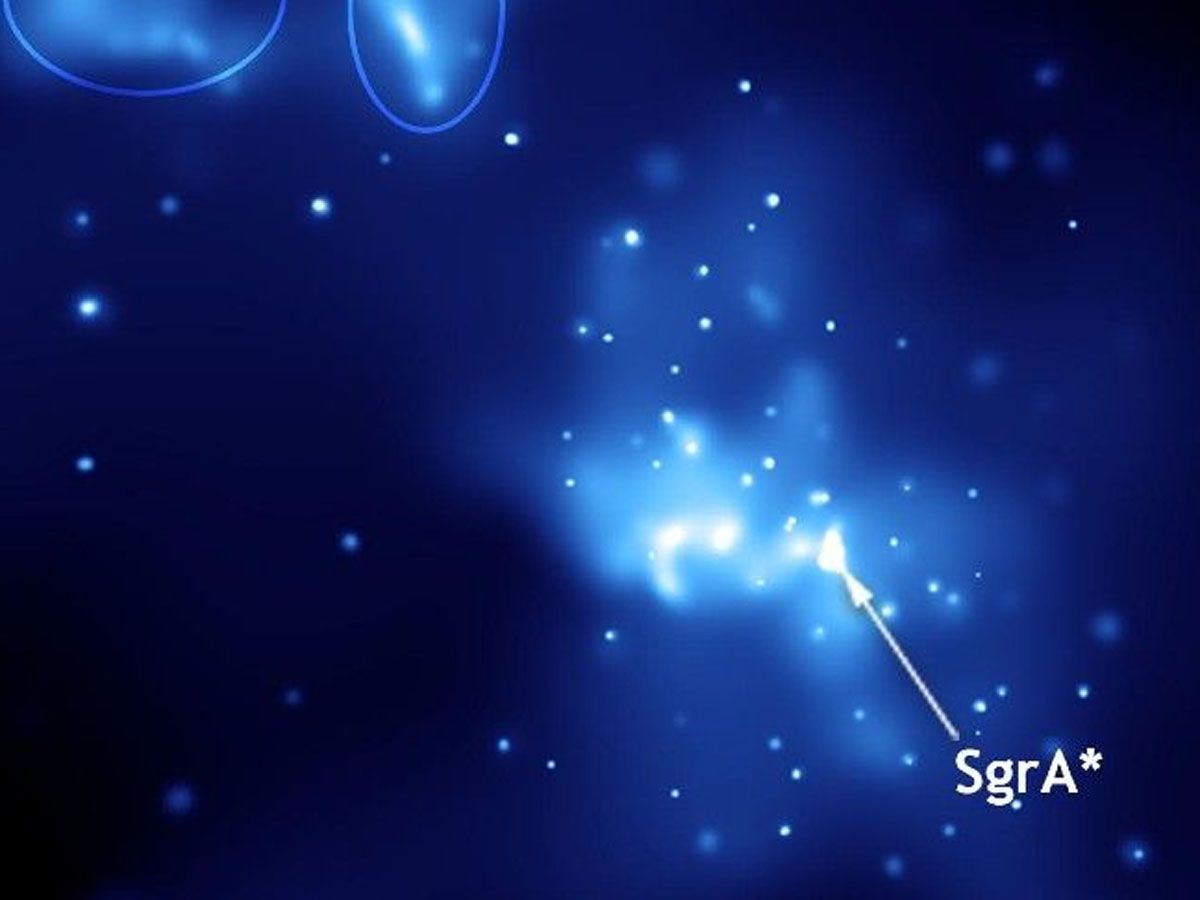
However, Sagittarius A* is not the sole representative of its kind. Other supermassive black holes scattered throughout our galaxy likely possess masses billions of times greater than our sun, surpassing the grasp of human understanding.
Simon's NANOGrav Project and Its Connection to the Study
Now, you might be wondering how we can measure the mass of these giant celestial phenomena. This is where Joseph Simon comes in.
He developed a novel method using computer simulations to estimate the masses of these supermassive black holes. The technique called the Black Hole Mass Function, is like a sophisticated digital balance that can weigh these cosmic giants.

Interestingly, Simon isn't solely focused on the mass of black holes. He also plays an active role in the NANOGrav project. But what exactly is NANOGrav?
It's an ambitious project aimed at detecting the gravitational wave background, a kind of 'cosmic hum' caused by supermassive black holes. Simon's study into the mass of black holes dovetails perfectly with this endeavor.
A Deep Dive into Simon's Research Method
Simon painstakingly collected data from not just one or two, but hundreds of thousands of galaxies. And these weren't all nearby galaxies either. Simon's dataset included galaxies billions of years old, giving him a window into different eras of the universe.
Each galaxy's data was a piece of the puzzle, helping to estimate the mass of black holes across time and space. It's as though he were a cosmic archaeologist, sifting through the sands of time to uncover ancient cosmic truths.
After collecting this astronomical amount of data, how did Simon use it?
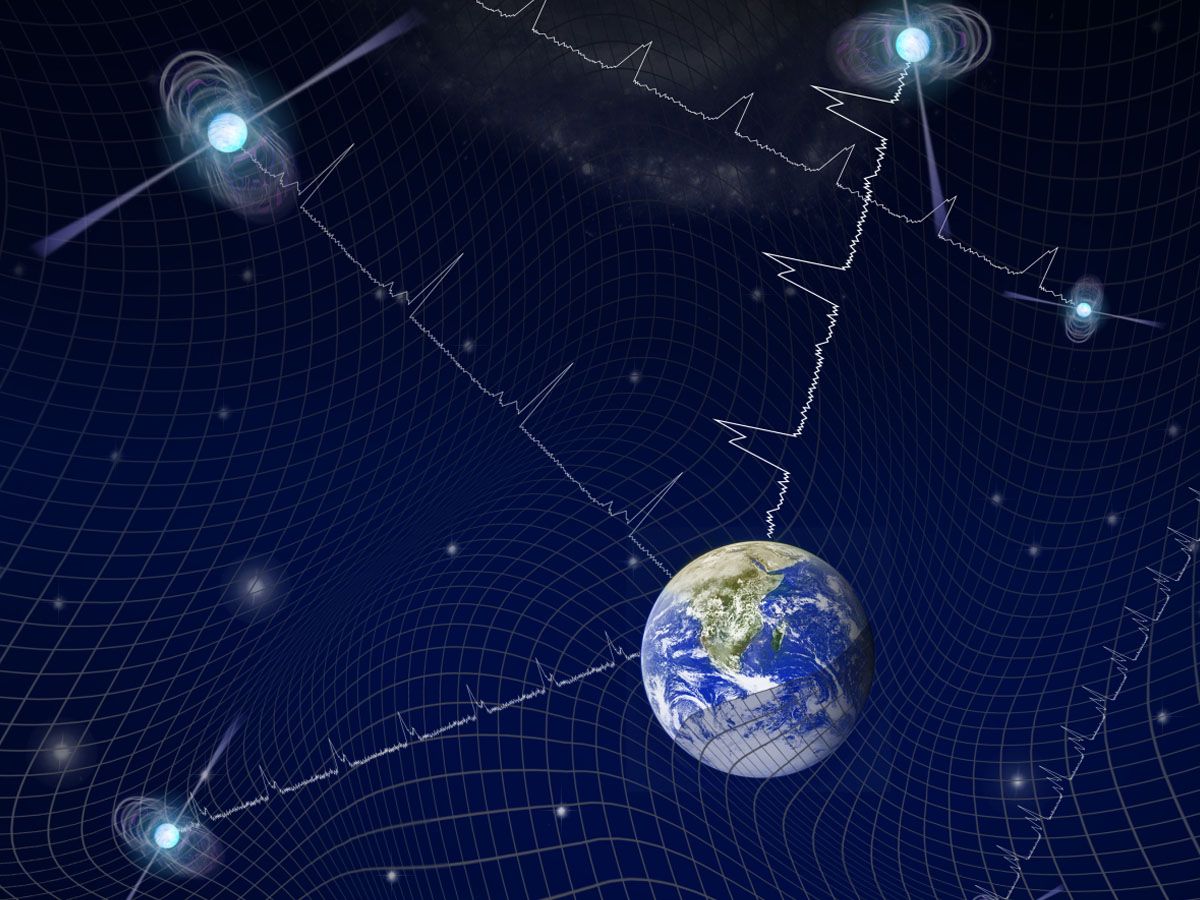
He turned to advanced computer models to simulate the gravitational wave background produced by these galaxies. These simulations are like high-tech, cosmic soundboards.
They mix and match the gravitational 'noises' of different galaxies to create a symphony of the universe's gravitational wave background. Simon could draw insights about the masses of supermassive black holes by' listening' to this cosmic symphony.
A Surprising Number of Large Galaxies in the Distant Universe
One of the most unexpected outcomes of Simon's research was the revelation of many large galaxies in the universe billions of years ago. It's like discovering a bustling city where we expected only a small town.
This discovery also contests our previous expectations about where massive systems, such as supermassive black holes, would be found. Conventional wisdom held that such systems would primarily be found in the nearby universe.
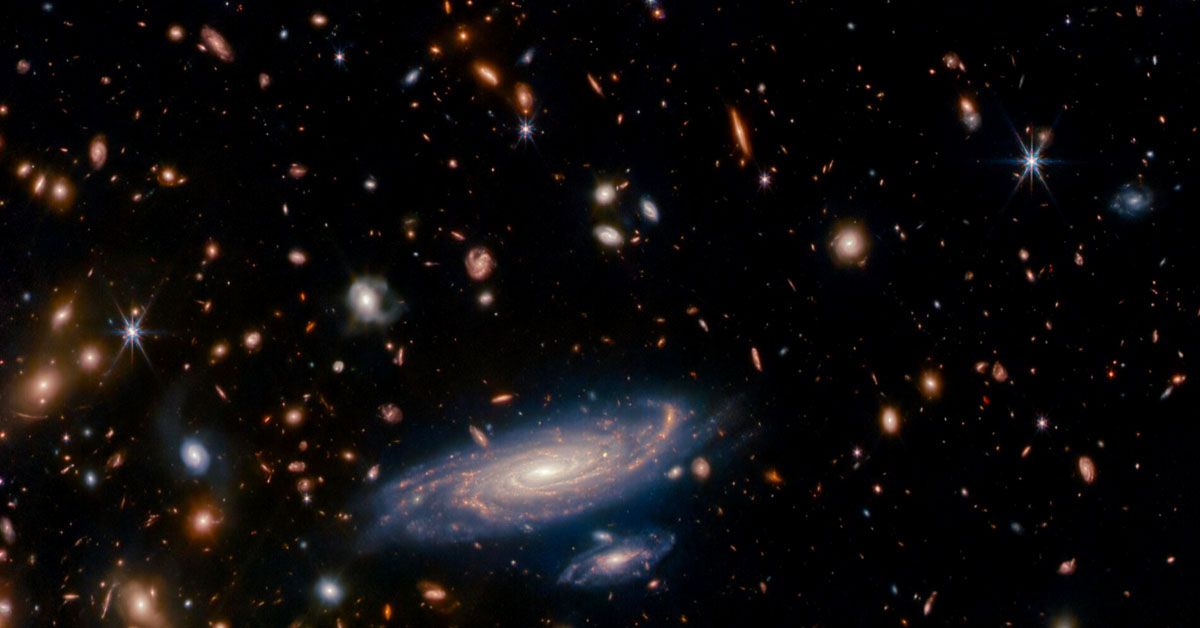
However, the presence of these enormous galaxies billions of years ago implies that colossal systems were not just a recent occurrence. It's akin to finding an advanced civilization in a historical period where only primitive societies were thought to exist.
Another fascinating insight from the study is the suggestion that black holes may grow faster than previously believed. Imagine a tree sprouting and growing to full size in a matter of days instead of years.
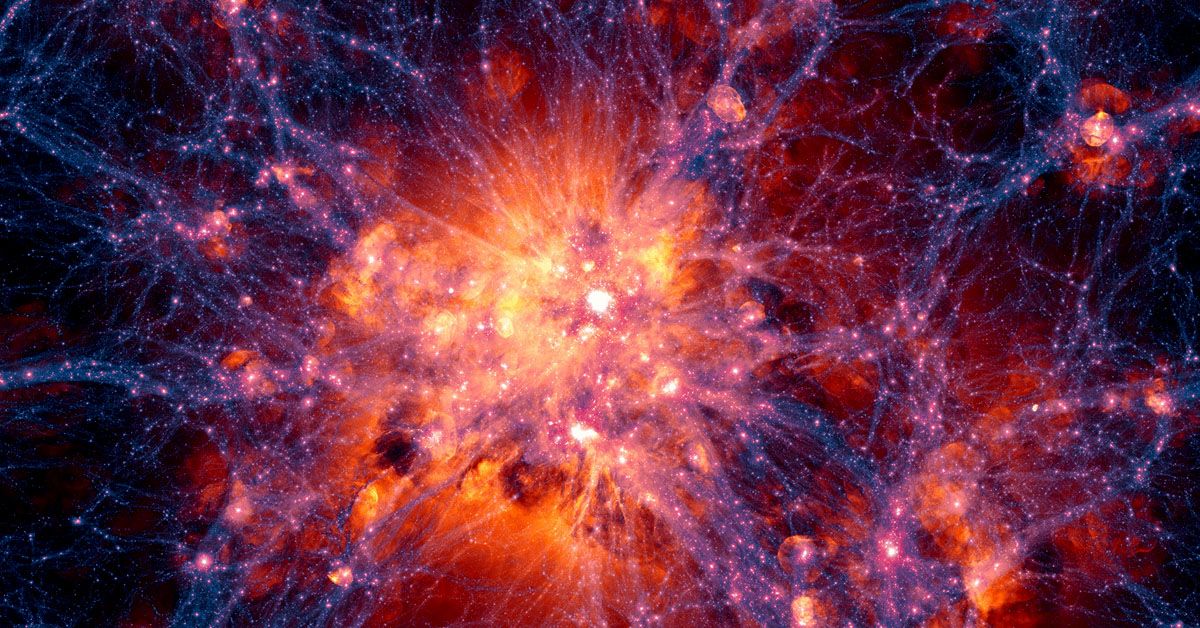
This rapid growth rate of black holes could have profound implications for our understanding of how galaxies form and evolve.
The Road Ahead
Simon's work is not the final word, but rather the beginning of a thrilling new narrative in the study of supermassive black holes. Future research aims to delve deeper into the mysteries of these celestial behemoths by exploring their masses throughout cosmic history.

In a similar manner to how archaeologists persistently uncover ancient locations in their pursuit to unravel the enigmas of human history, astrophysicists will persistently engage in the study of the universe, progressively moving closer toward a thorough comprehension of our celestial abode.
Sources: iop.org
